Interview
Johan Sandberg
8 min read
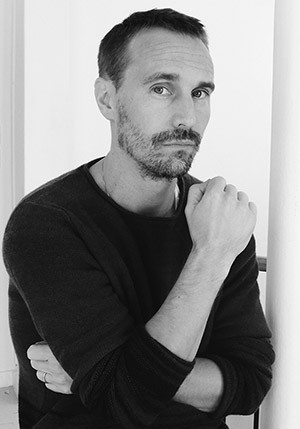
Johan Sandberg has an evident penchant for portrait photography, something he’s revealed over the years with his stripped-down and undeniably powerful depictions of some of the world’s biggest superstars: Pharrell Williams, Jason Bateman, Tilda Swinton… the Swedish-born and Paris-based photographer has had them all in front of his lens. Sandberg is equally known for his fresh and captivating fashion editorials and advertising campaigns and has developed an impressive client list from H&M and Armani to Dazed & Confused, Purple and the Rolling Stone. We had a quick chat on Skype with the friendly Swede about his debut short movie, the celebrity circus, and still getting star-struck from time to time.
At the moment you’re in Paris, where you live. Why did you choose the French capital as your home base?
I just love the city and when you work in fashion and want to stay in Europe, then there are only Paris and London. I’ve always preferred Paris, but I also don’t know London very well. It’s so big and I always feel a bit lost. In Paris I have a lot of friends and I find it very inspiring.
What are you working on at the moment?
I’m mainly working on a short movie, an independent art project. It’s the very first time I’m doing this. I’ve shot some videos for advertising before but that’s it.
What made you want to make a go for it?
I had a story I wanted to tell and a short movie seemed like the perfect medium for it.
Can you reveal anything about the content already?
It’s really a work in progress and we still have to find the right actors. There are nine months to go, so I don’t want to comment on it yet.
Let’s talk about the working process then – how is working with moving images different? Is it a difficult switch?
Obviously there are similarities because it’s all about images. At the same time, it’s very different. When you work with a movie camera, you have to think about everything in a totally different way: you need to imagine everything in movement and you have to already be thinking about the editing process. It’s very inspiring. You throw yourself off the cliff but don’t know how to dive yet.
So it’s all learning-by-doing for you?
Exactly. I have no background in film. I think the key in everything you do is to find the right people to surround yourself with. And then you have to follow your intuition.
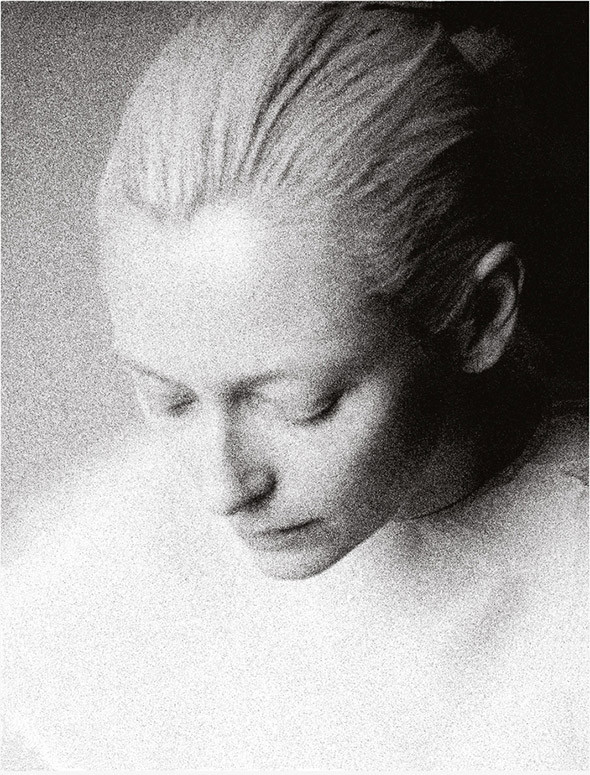
Can you tell me a bit about how you became a photographer? How do you come from being a business student in Sweden to photographing Tilda Swinton?
Actually, it had never crossed my mind to start a professional career in photography, although I had a great passion for it. I studied business and after graduating wanted to take a year off to photograph before starting my proper job in business. So I went to Italy to do landscape photography. But then I met a girl who happened to be a model and I started taking pictures of her. One day her agent called me and asked if I was interested in »testing« girls for the agency as you call it. I said yes because it was also a good source of income for me. And then a friend of the agent who was running a magazine asked if I wanted to shoot for it, which I did and through these images I got in touch with a jewelry company that asked me to shoot a catalogue for them in the mountains. All of a sudden I found myself working as a photographer purely by chance. At some point I realized that this was actually something that I could do for a living. I didn’t even know much about fashion, I only started appreciating it after a while when I started to do deeper research about the big fashion photographers and so on. I had a rather limited knowledge in that field.
How big a role did photography play in your life before you went to Italy? When did you start taking photographs?
I’ve always taken photographs - since I was about 15. Mainly still life and 90% in black-and-white. I spent so many nights in darkrooms; it was very meditative. My passion for it grew stronger and stronger and I also assisted a few photographers in Sweden. It reached its peak when I graduated from business school. But I never thought I could survive on it, especially because I leaned towards art photography.
You’ve done some quite powerful portraits in the past: I’m thinking of Isabel Marant, Martin Eder... what’s your working process like? How do you make the moment happen where they seem honest and real?
I love taking portraits and, in the end, fashion photography is also about portraits. When I have to take a picture of someone, I read up on them beforehand so that I have an idea of what I’m looking for. The main thing is to gain a person’s trust.
»I’m not interested in shallow, glossy fashion images. I’m more interested in the actual person.«
Johan Sandberg
How do you do that?
We sit down, we talk, have a coffee…You talk about all sorts of different things. You need to gain their trust in a very short time though; it’s quite exciting. And then there’s the part where you have to get that certain expression out of them that you had in mind. It’s such an interesting process. If you can get the person in front of you to relax and trust you, then you can get those moments that seem very natural.
Does it ever happen that you can’t manage to make them feel relaxed?
Yes, it happens. And sometimes you mess up the portrait because of other things. It might be that you don’t manage to get the light perfect or that the person is just too stressed out. Sometimes there’s not enough time to get what you’re looking for. Plus, when you photograph a celebrity, they are surrounded by a huge team and it turns into this big circus. Then it can be quite a challenge to reach the person. I always try to make it as intimate as I can with as few people around as possible closing off the set.
You said you already have an idea of what you want before you meet your subject. What kind of ideas are they?
Sometimes you get a certain idea of someone when you read about them or see them on screen and then you want to bring that out in them at the shoot. Last week, for example, I photographed someone quite famous and he’s always shot in the same way, a bit clownish almost. But after I had read a lot about him I saw him as a much more sophisticated and calm person. So I had the idea of shooting him differently, in an elegant way, meaning I was looking for the elegant moments. You mentioned Martin Eder: I saw a lot of pictures of him and they were quite loaded and strange. So I had the idea of getting this iconic, still image out of him that shows his roughness but in an almost statuesque way. I wanted to have that calmness in his portrait. And Tilda for example, she’s a goddess and you need to get that across, this immortality. Sometimes it’s even an unconscious thing and I only realize what I’m looking for during the shoot itself.
Are they always open to your ideas?
It can be difficult. Sometimes I do what they want for a while and after 100 pictures I say: Should we do five more in a different way? Normally they say yes and then I get what I was looking for in the end.
Has there been someone who has really surprised you? Who was totally different from what you expected?
Yes, it happened a few times. Let’s take Tilda for example. I had so much respect for her and had seen her in so many movies. I’ve always admired her a lot. She has this goddess-like image but when you meet her, she’s very gentle, nice and approachable. Even funny. I didn’t expect her to be that funny and sharp. I imagined her to be colder.
How do you get inspired? And what inspires you the most? Movies, books or magazines? Or is it just what’s around you?
Basically everything that surrounds me. Most of the time it’s related to the people you work with, what’s happening at the moment…you see a poster on the metro… It depends a lot on where you are.
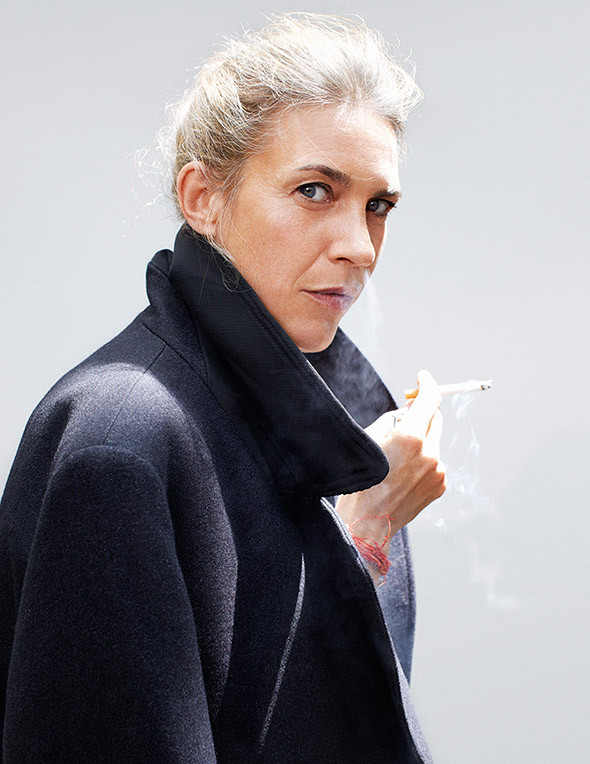
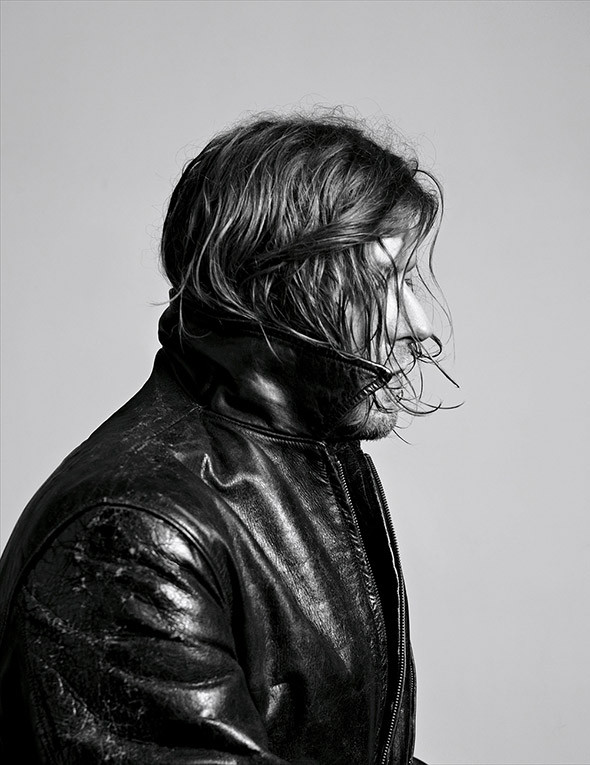
Is that why you chose Paris? Do you think it would be different if you were living somewhere else?
Definitely. In Paris you get inspired all the time.
We’ve talked a lot about your portraits but you also do a lot of fashion photography. What’s your working process like there?
It’s a lot of teamwork. Sometimes an idea is from me, sometimes from the stylist. Usually it’s all between the stylist and the photographer and we send mood boards back and forth and discuss them.
How would you describe your approach to fashion photography?
I’m very interested in people. Fashion photography is also about the models and I’m genuinely interested in them. I want to get something real out of them, not just use them as a flat surface. I’m not interested in shallow, glossy fashion images. I’m more interested in the actual person. And when I look at the fashion photographers I really admire, then I feel that’s exactly what they have done.
Which ones would they be?
There are so many. Basically the greatest in history: Richard Avedon, Irving Penn, Jürgen Teller… They are interested in something that goes far beyond. That’s what I want. And sometimes I succeed, sometimes not.
What’s been the biggest highlight in your career so far?
I have to say it was a huge thing for me when they called me to take pictures of Tilda Swinton. It’s someone I admire so much.
Were you nervous? Do you still get nervous sometimes?
It’s very seldom that I get star-struck but when I met Tilda, I really felt like a little kid. A bit dry in the throat, stuff like that. She’s just so impressive. And she was one of the first big actors I took pictures of. Now I’m more used to it.
What are you passionate about besides photography? What do you do in your free time?
I have had a love of cinema since I was a teenager and love all the great classics of course. I just saw Birdman the other day; it’s beautiful.
Do you feel it influences your work in a way?
Definitely not in a conscious way. It’s not that I see a movie and then say ‘I’ll do that in my next shoot’. The directors I’m interested in are kind of searching for the same thing: portraying humanity. It’s in that sense that they influence me.
What are you plans for the rest of the day?
We’re going to supervise a presentation we’ll have today. I’m working as an image consultant for the Finnish fashion brand, Aalto. They have their first presentation this week in Paris and we’ll go have a look at the venue, test the music, show it to the models... The show is on Friday. It’s all very exciting.
By Sarah Shug
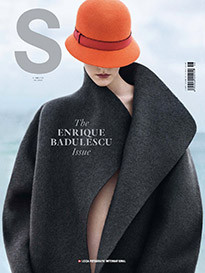
INTERVIEW / REVIEW
Enrique Badulescu / S Magazine
Enrique Badulescu is one of the top fashion photographers. While working for this issue of the S Magazine he has pulled out all his creative stops. In our interview, he explains why good humor and music are an intrinsic part of his work, what organic collaboration means to him, and why he is always enthusiastic to jump in at the deep end.
READ MORE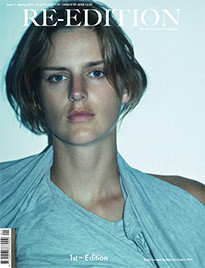
MAGZINE REVIEW
Re-edition
Re-edition magazine is a brand new, independent photography quarterly published in Antwerp. Its promising first issue makes for an exciting experience, pleasantly avoiding all clichés.
READ MORE
